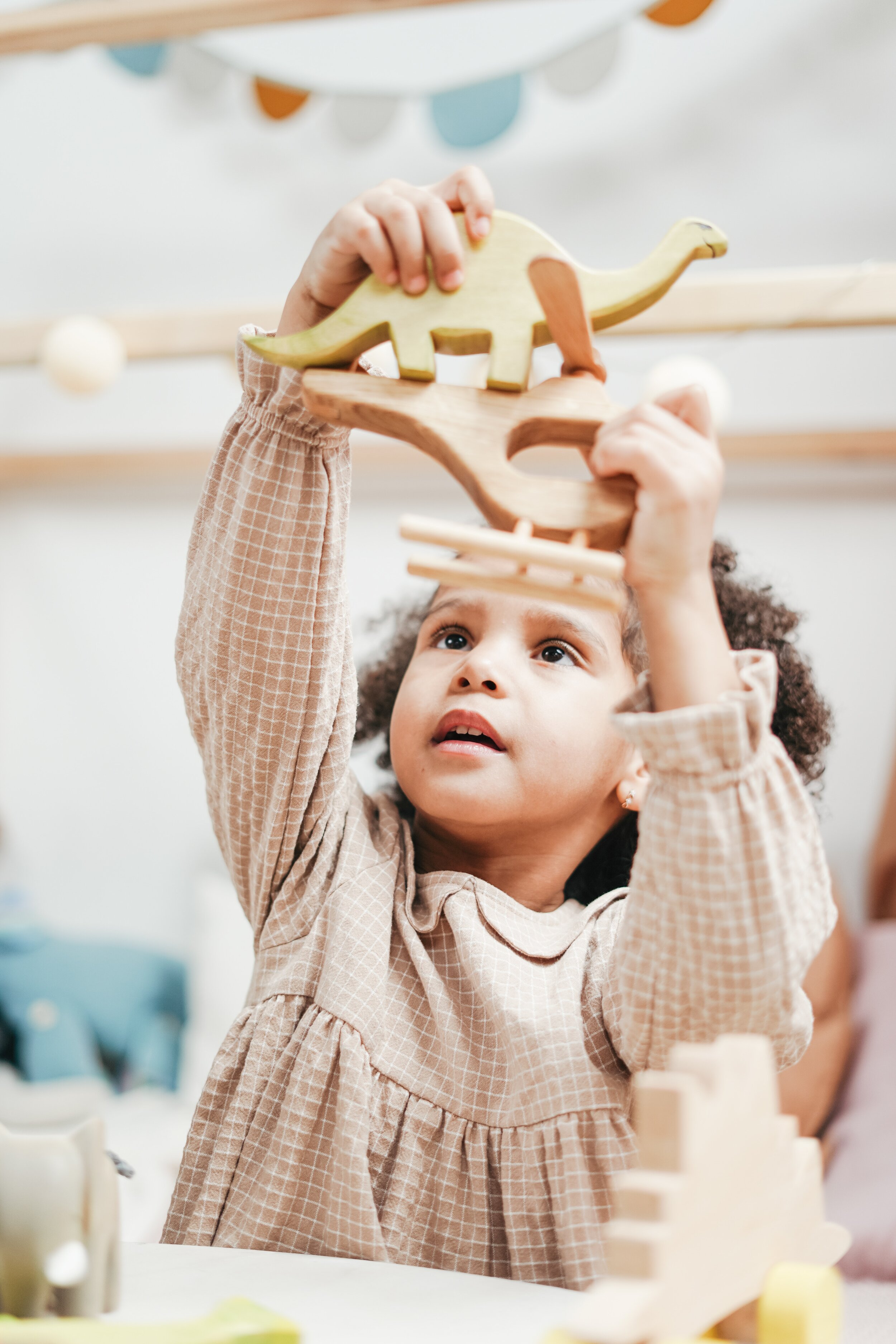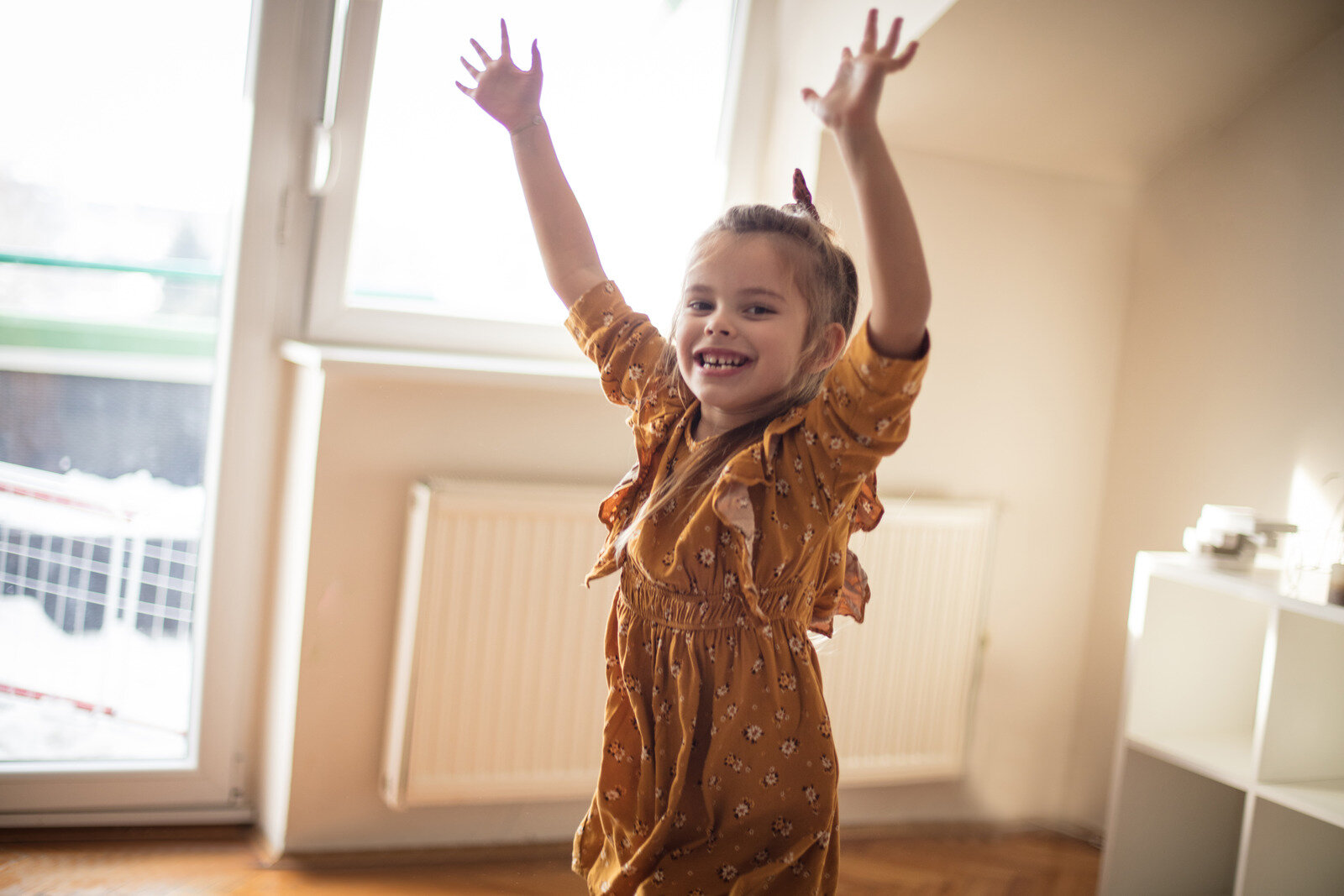28: Setting Up Your Play Room
Note: Play Therapy Across the Lifespan is created to be heard. If you are able, we strongly encourage you to listen to the audio so that you are able to appreciate the emotion and emphasis that cannot be captured by text alone. Transcripts may contain errors and differ slightly from the audio. Please check the corresponding audio before quoting it in print.
Resources and Links:
APT’s TIps for a Clean Play Room: https://www.a4pt.org/page/COVIDPlayroomCare
Prologue and Introduction
As you get started, look at your space. You may be getting started in a school closet or looking at the architectural plans for brand new counseling space. I’ve done both. If you can make decisions about paint color, floors, and furniture, that’s ideal. But even if you can’t do that, you can arrange your space to optimize the therapeutic work of play.
First, think about the seating that you need. What size are the people using the space, and what do you need to be comfortable? In my early days, I enjoyed being on the floor with my young clients. I still liked to have sturdy child-size chairs, and I would move one around the room for me as I needed it. My body is older now, and getting up and down off the floor is harder. I also work mostly with adults, so seating that is comfortable and appropriate for that population is important. Personally, I like an office chair with wheels to give me the mobility to move closer or increase space between my client and me more subtly these days. Even if all your clients are children, do you need seating for parent consultations?
The next thing to consider is the surfaces in your space. Soft surfaces absorb sound, so you might want to have cushions in the seating area, rugs for the floor, a cozy blanket, and other things to absorb sound. Those rugs might help you define zones, too, but more on that coming up in episode 31. You probably need a flat space, maybe a table, for writing, building, and art. You will need storage so the toys and supplies can be put away, so consider the storage surfaces, too. You want your space to be safe, so make sure the rugs won’t slip and bookcases are anchored to the walls. Look at all the surfaces in your space and think about what it conveys to your clients: the ceiling, the walls, and the floor.
Speaking of floors, be preventative about sand and splatters. If you provide supplies that can be messy, like sandboxes, painting supplies, and glue, make it easy to clean. Ideally, the floor material would be wood or tile… easy to sweep and mop. If you have carpet in your space, try adding vinyl or other smooth material on top of the carpet to catch those messes. You want to focus on your client, not how you will clean a mess.
Interview with Dr. Kasie Lee
[The interview portion of this episode was not transcribed. To listen to the interview click the episode link at the top of the page.]
Conclusion
I really enjoyed that interview with Dr. Kasie Lee. You can tell how much she enjoys teaching about play therapy. She referenced the Tips for a Clean Play Room, the suggestions from the Association for Play Therapy. We’ll include a link to that in the show notes. This is probably a good place to remind you of the importance of keeping a stock of hand sanitizer and disinfecting wipes for your play space, too.
Now you have some ideas and things to think about when setting up your playroom. Select appropriate seating for those who use your space, including you. Include soft surfaces to reduce noise, and flat surfaces for writing, art, or building. And, make sure the flooring surfaces beneath areas that could get messy from sand and splatters are easy to sweep and mop clean. No two playrooms are exactly the same, and you can set up a play space in lots of different ways. The main takeaway is to set up your space on purpose, with intention. So, how can you improve your seating, surfaces, and messy therapy spaces?





